This post is the first entry in a series of four:
Second: Gladiator Games of Bulls and Bears: Recollections of Jacinto Damien Reyes (1880)
Third: Gladiator Games of Bulls and Bears: Lassoing Grizzlies (1904)
Fourth: Gladiator Games of Bulls and Bears: Sport of Roping Grizzlies (1911)

“Bull-and-bear fighting became Spanish California’s most popular sport by far, a much bigger deal there, thanks to the plentiful supply of combatants, than it had ever been back home in Spain. … The Californians played several games with the grizzly that were worthy of their bloody Spanish heritage. One of the boldest was to go out only with machete and reata, and lasso a bear—which only the crazier vaqueros dared try. The craziest of them all undertook to slay the grizzly with a light sword, and on foot.”
—Thomas McNamee, Grizzly Bear (1982)
Bull and bear fights were a popular form of entertainment in nineteenth century California, a blood sport brought to the shores of the New World by Spanish settlers and enjoyed by men, women and children. Bears suffered relentless pursuit to fill the makeshift fighting arenas, as well as from recreational hunters and ranchers seeking to protect their livestock. The more courageous or crazy young men, fueled by machismo, bravado or lack of intelligence, sought to slay grizzlies on foot with a machete or sword like Roman gladiators.
These activities eventually inflicted a devastating toll on the California grizzly population. In a land of increasing human population the fearsome and deadly bear found itself on the receiving end of a campaign of slaughter in one form or another that eventually drove the species to extinction in the state. Purportedly, the last known California grizzly bear was shot dead in 1922. By today’s standards such blood sport is anathema to society at large and historical accounts provide striking proof of how cultural mores have radically changed.
“A bull and bear fight after the sabbath services in church was indeed a happy occasion. It was a soul-refreshing sight to see the growling beasts of blood tied with a long reata by one of its hind feet, so as to leave it free to use its claws and teeth, to one of the bulls feet, leaving it otherwise free for attack or defence. The fight usually took place inside of a strong wooden fence, behind which, and at a short distance, was erected a high platform for women and children, most of the men being on horseback outside the ring, with reatas ready, and loaded guns, in case the bear should leap the barrier, or other accident occur. The diversion was kept up for hours, or until one or the other of the animals succumbed, and it often happened that both were killed.”
“‘We used to make bears and bulls fight’ remarked Blas Pena, ‘for which purpose we tied the bull and bear together, the bull having one of his fore-legs strapped, and the bear one of his hind-legs. Sometimes the bull came off victorious, and at other times the bear, the result depending somewhat upon the ages of the beasts. The bears were caught on Mount Diablo with reatas made by the native Californians, of four strings of ox-hide, the skin being first dried in the sun and then soaked in water. When they began to exhale a bad odor, they were cut up in strips of about half an inch in width, and braided.’ Arnaz thinks that in bear and bull fights the bear generally obtained the victory. ‘I was present,’ he says, ‘when a bear killed three bulls. The animals were tied by one foot; sometimes they were tied to one another, with plenty of loose rope. The bull was generally left free, and was the first to attack. The bear stood on the defensive, and either put his paw in the face of the bull or seized him by the knee, which made the bull lower its head and bellow, whereupon the bear seized its tongue. They were at this juncture usually separated to save the bull.'”
Reference:
Hubert Howe Bancroft, The Works, Volume XXXIV, 1700-1848, California Pastoral (1888)






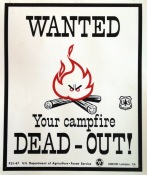

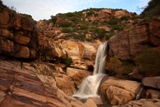
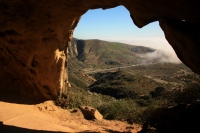

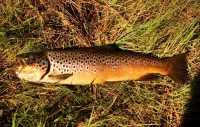
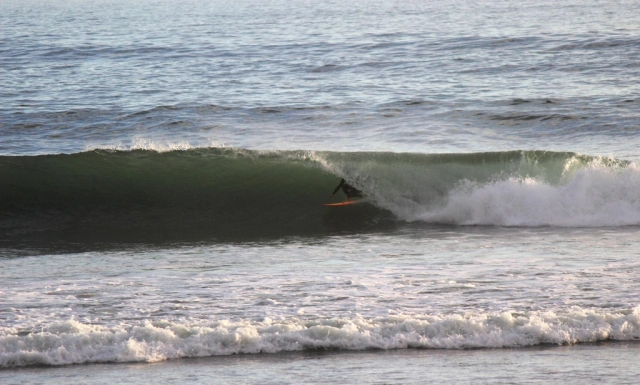
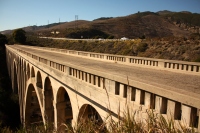









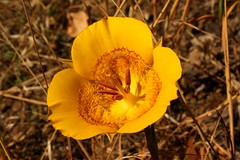







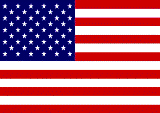

how violent and bloody
Yes generally speaking a Bull is no match for a Grizzly Bear
This depends on the bull. The Spanish Bull is much stronger than a grizzly.